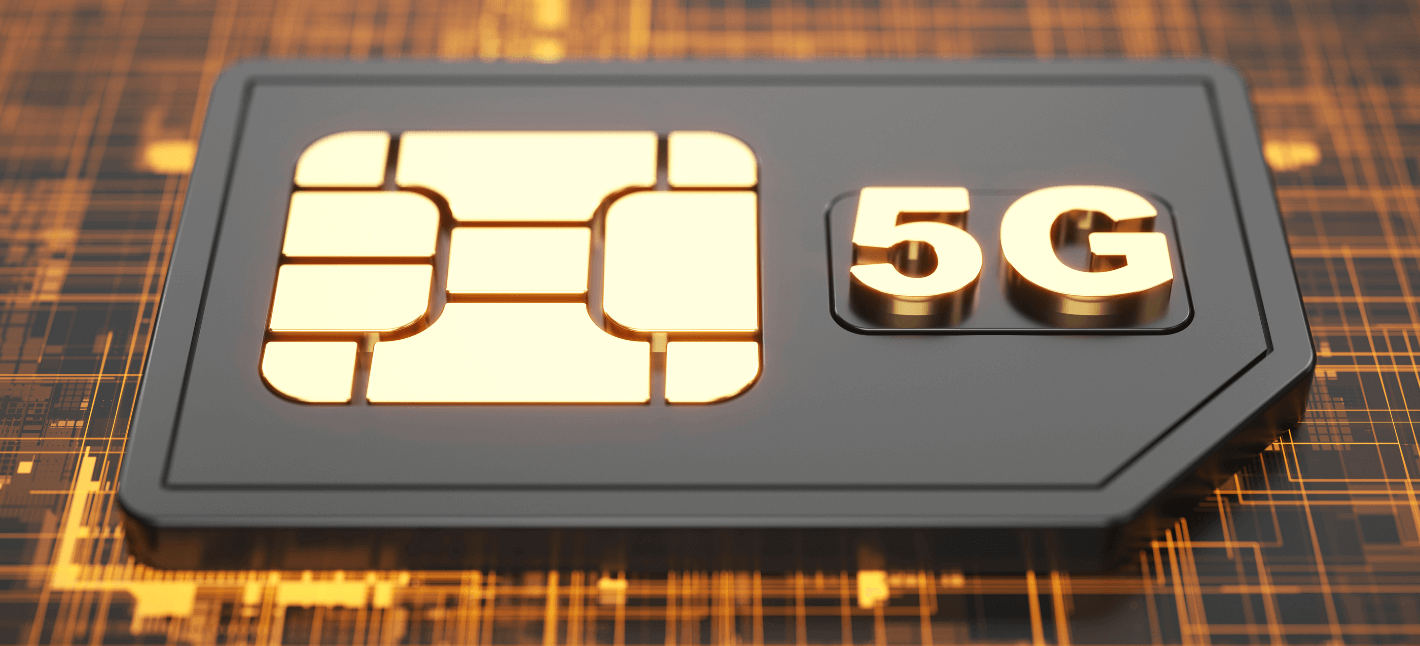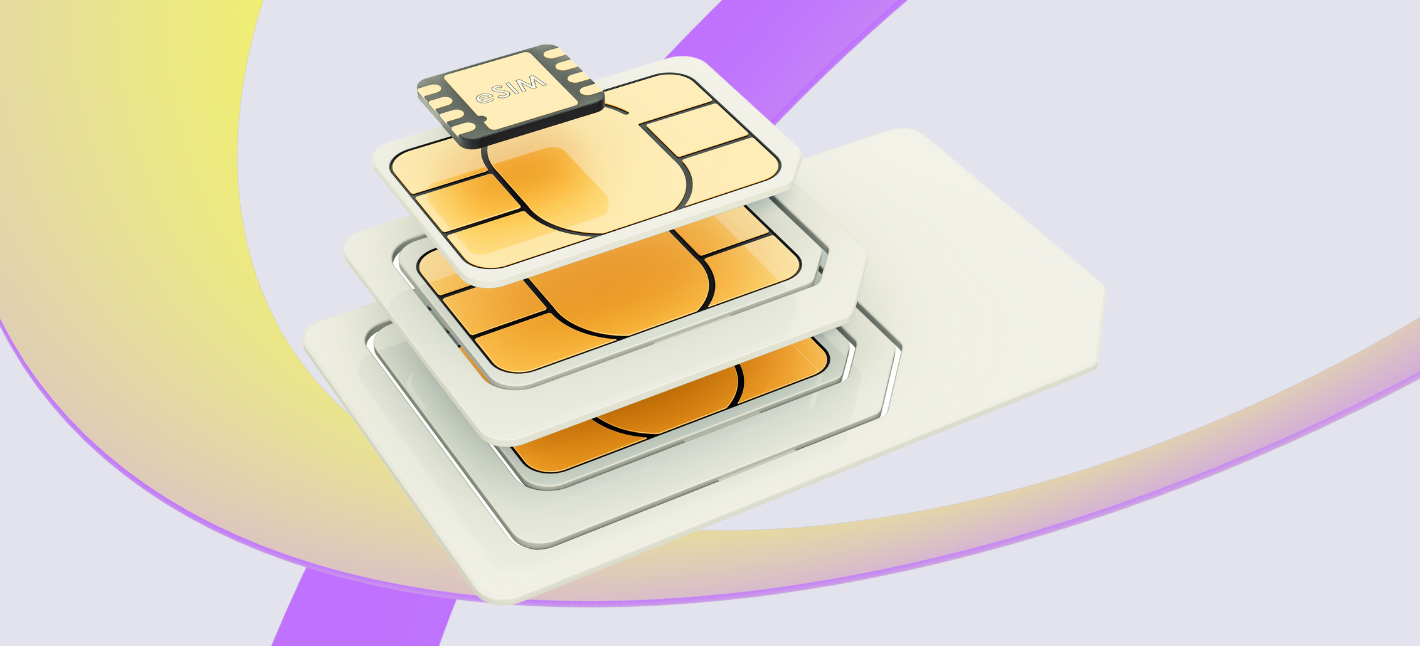IoT Connectivity Companies Connectivity for IoT Products
The evolution of smart homes has reworked the way we work together with our dwelling areas. At the core of this transformation lies the necessity for effective IoT connectivity options. These options integrate various units, enabling seamless communication and automation, making life extra handy and environment friendly.
IoT, or the Internet of Things, refers to the interconnected community of gadgets that talk over the internet. For smart homes, this means home equipment, safety techniques, heating and cooling items, and even lighting may be managed remotely and work along side each other. Selecting the most effective IoT connectivity solutions is thus essential for ensuring optimal efficiency and a cohesive smart residence expertise.
IoT Connectivity Policy Importance of Connectivity-as-a-Service for IoT
Firstly, Wi-Fi stays a dominant selection for connecting smart home devices. Its widespread availability and compatibility with nearly all smart units make it an accessible option. High-speed internet connections improve the functionality of smart devices, allowing them to function smoothly. However, as the number of units in a home increases, competitors for bandwidth could result in connectivity issues.
Zigbee is one other outstanding connectivity solution, notably favored for its low energy consumption and mesh networking capabilities. This protocol allows units to communicate with one another directly, enhancing reliability and range. Zigbee gadgets form a mesh network, which means that they'll relay messages to and from each other. This is particularly useful for bigger houses where Wi-Fi alerts may wrestle to cowl every area.
IoT Connectivity Policy Future of IoT Technology Connectivity
Z-Wave serves as a substitute for Zigbee with comparable benefits but some distinct variations. Z-Wave’s give attention to residence automation ensures that devices from numerous producers can coalesce into a unified community. The know-how is designed primarily for smart home units, making it highly specialized. Moreover, whereas Zigbee operates on the two.4 GHz frequency, Z-Wave makes use of decrease frequencies, which can provide better penetration through walls and other obstacles.
Bluetooth is commonly used for short-range device communication. Its low energy consumption is ideal for devices that don't require steady connectivity. Many smart residence merchandise, such as smart speakers and lights, utilize Bluetooth, allowing for easy pairing and use. However, its limitations in range mean it is sometimes not appropriate as a spine for a complete smart home system.
LPWAN, quick for Low Power Wide Area Network, caters to gadgets that require long-range communication whereas consuming much less power. Technologies like LoRa and Sigfox fall under this category. These networks are notably advantageous for sensors and units spread out over large areas. In smart houses, they can be used for environmental monitoring methods that monitor temperature, humidity, or air high quality.
IoT Satellite Connectivity Quick Guide to IoT Connectivity
Cellular networks present another choice for connecting smart gadgets, significantly in areas where Wi-Fi isn’t dependable. Cellular know-how allows devices to attach on to mobile networks, which can be helpful for houses in distant areas. While usually more expensive than other choices, the reliability and coverage of cellular networks make it a worthy consideration.
The integration of multiple connectivity options is key for reaching an adaptable smart house. A hybrid system that mixes Wi-Fi, Zigbee, Z-Wave, and Bluetooth can effectively handle varied needs within a wise residence. This method ensures that units can communicate successfully, regardless of their particular person necessities or limitations.
Security must be a major concern when choosing IoT connectivity options. Each protocol comes with its personal set of vulnerabilities, and as smart properties become extra prevalent, the potential for cyber threats will increase. Manufacturers prioritize securing connections by way of encryption and regular updates, but customers should also take proactive measures, similar to altering default passwords and organising two-factor authentication.

Interoperability stays a significant challenge within the space of smart house connectivity. Different manufacturers typically use proprietary technologies, resulting in compatibility issues. Solutions that prioritize open standards are more and more most well-liked, as they permit for seamless integration of gadgets from varied manufacturers. This flexibility allows customers to customize their smart home systems without being locked right into a single model.
IoT Global Connectivity Platform for IoT Connectivity Management
In addition to enhancing connectivity between iot connectivity comparison devices, IoT solutions must additionally focus on consumer experiences. The control interfaces provided by producers, whether by way of mobile apps or net platforms, ought to be intuitive and user-friendly. Consumers should be able to easily handle and automate their devices with out intensive coaching or technical know-how.
Cloud-based solutions are an indispensable component of modern smart properties. They present centralized administration, data analytics, and distant entry capabilities. By utilizing cloud providers, users can control their smart properties from wherever on the earth. This is particularly useful for safety monitoring and adjusting house settings whereas away, making certain peace of thoughts.
As smart house technology continues to evolve, it holds the potential to considerably cut back energy consumption. IoT devices may be programmed to operate during off-peak hours or regulate settings based on real-time information, such as electrical energy charges. This not only reduces costs for owners but additionally contributes positively to environmental sustainability.
IoT Connectivity Managementplatform Best IoT Connectivity Management Software
Looking into the long run, the demand for extra superior and environment friendly IoT connectivity options will only develop. As shopper consciousness and adoption of smart technologies improve, the main focus will shift in the course of creating more built-in ecosystems. Innovations like artificial intelligence and machine studying can additional improve the functionality of smart homes, enabling units to learn consumer preferences and automate processes dynamically.
The growth of 5G know-how is ready to revolutionize smart home connectivity. Its larger speeds and lower latency can broaden the possibilities for real-time data transmission and control. With this development, units can talk instantaneously, paving the way for more complicated and interdependent techniques.

In conclusion, because the landscape of smart properties continues to broaden, exploring the best IoT connectivity solutions turns into essential. Each technology presents distinctive benefits and challenges, and the optimum resolution typically involves a combination of a quantity of. Understanding the nuances of every protocol permits homeowners to create systems tailor-made to their particular needs, ultimately resulting in more efficient, safe, and see pleasant dwelling spaces.
- Wide Area Networks (WAN) facilitate long-range connectivity, guaranteeing that smart units communicate successfully throughout larger properties or neighborhoods.
- Low Power Wide Area Networks (LPWAN) are perfect for connecting battery-operated gadgets, providing prolonged battery life and longer transmission distances whereas maintaining low costs.
- Wi-Fi 6 expertise enhances smart home systems' efficiency by supporting multiple gadgets concurrently, making certain seamless connectivity without latency issues.
- Bluetooth Mesh Networks increase the range of Bluetooth gadgets, allowing for a highly environment friendly communication network amongst smart devices all through the home.
- Zigbee is an energy-efficient protocol designed particularly for smart home units, providing robust security measures and simple integration with varied platforms.
- Thread technology creates a scalable, resilient network for related devices, ensuring low energy consumption whereas additionally supporting direct, secure communication.
- Cellular IoT options provide dependable connectivity with out depending on local infrastructure, making them invaluable for distant monitoring and management of smart residence devices.
- Satellite connectivity can serve areas with limited ground network protection, facilitating smart home options in rural or isolated regions.
- Hybrid connectivity approaches combine multiple technologies to make sure uninterrupted service, optimizing efficiency primarily based on the home's particular requirements and format.
- Edge computing capabilities in smart residence ecosystems enhance knowledge processing pace and reduce latency, permitting for smarter and extra responsive device interactions.undefinedWhat are the top IoT connectivity options out there for smart homes?
IoT Connectivity Products Basics of Global IoT Connectivity

The best IoT connectivity solutions for smart properties include Wi-Fi, Zigbee, Z-Wave, Thread, and LoRa. Each of these technologies offers distinctive benefits relying on elements like vary, power consumption, and system compatibility.
How do I select the best connectivity answer for my smart residence devices?
IoT Connectivity Definition Comprehensive Guide to IoT Connectivity Technologies
Consider components just like the forms of gadgets you have to connect, the vary required, and energy consumption. Wi-Fi is commonly finest for high-bandwidth applications, whereas Zigbee and Z-Wave are ideal for low-power devices over short distances.
Is Wi-Fi a good possibility for all smart home devices?
Industrial IoT Connectivity Growth of Usable IoT Satellites
While Wi-Fi provides high bandwidth, it could devour more energy and will not be suitable for all low-power IoT devices (IoT Connectivity Comparison). For smaller devices like sensors, Zigbee or Z-Wave can be extra environment friendly.
What is the distinction between Zigbee and Z-Wave?
Zigbee operates on 2.4 GHz and has a bigger variety of appropriate gadgets, whereas Z-Wave makes use of sub-GHz frequencies, permitting for better penetration via walls. Both are great for low-power, low-bandwidth functions.
Cloud Connectivity In IoT Growth of Connected IoT Devices
Can I integrate multiple connectivity solutions in my smart home?
Yes, many smart home ecosystems enable integration of a number of protocols. Using a smart hub can help handle gadgets that operate on different connectivity standards seamlessly.
Connectivity Technologies In IoT Enhancing IoT Connectivity Solutions
How safe are these IoT connectivity solutions?
Security levels range by technology. Zigbee and Z-Wave use encryption to safe information transmission, while Wi-Fi safety is decided by your router settings. Regularly updating firmware can help improve safety for all devices.
Internet Connectivity In IoT Overview of IoT Connectivity Protocols
What is the function of a smart hub in IoT connectivity?
- IoT Connectivity
A smart hub centralizes management of assorted smart residence units, permitting them to communicate and work collectively even if they use totally different connectivity protocols. It simplifies automation and administration.
Are there any prices related to implementing these solutions?
Aws IoT Connectivity Common IoT Connectivity Technologies and Use Cases
Costs can differ tremendously based mostly on the know-how chosen and the number of gadgets. Initial setup costs might include buying compatible gadgets, smart hubs, and ongoing energy bills.
How do I guarantee my units remain appropriate as know-how evolves?
Opt for gadgets that comply with open standards and are incessantly updated. Using a properly known brand or a smart house platform that prioritizes compatibility can even help cut back future compatibility issues.